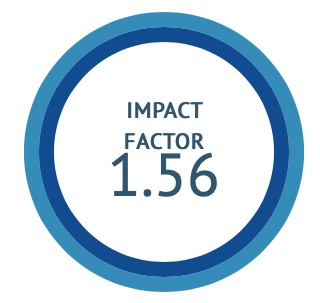Role of T-AYU-HM Premium in Paediatric Patients with Sickle Cell Anaemia: A Retrospective Case Series
DOI:
https://doi.org/10.47552/ijam.v15i2.4498Keywords:
Sickle cell disease (HbSS), T-AYU-HM Premium, AyurvedicAbstract
Background: Sickle cell disease (SCD), a genetic disorder caused by a beta globin chain mutation, has been recognized as influencing public health worldwide. In India, numerous tribal and underdeveloped groups frequently suffer from this medical condition. The present study evaluates the effectiveness and safety of alternative medicines T-AYU-HM Premium among paediatric SCD patients. Methodology: A single-arm retrospective observational case series of 10 sickle cell disease paediatric population were conducted. The proposed study was conducted to clinically evaluate the safety and effectiveness of T-AYU-HM Premium Tablet (300mg) on paediatric individuals. The clinical and vital data of the patients were collected, evaluated, and reported using the SPSS software based on inclusion and exclusion criteria. Results: The study had a majority of male (80%) patients with a mean age of 3.20±1.23 years. The present study also identified consanguinity. It also observed a non-significant improvement in weight (12.04 ± 2.45) compared to the baseline (11.64 ± 2.46). There was also a non-significantly decrease in the pulse rate from baseline. In terms of hematological parameters, no significant change was observed from the baseline. However, there was a substantial decrease in pain-associated clinical parameters among the paediatric population. Conclusion: The present retrospective analysis shows that patients with SCD were significantly improved by the T-AYU-HM Premium treatment, proving both its efficacy and safety, particularly in pain management. However, the current analysis suggests a substantial body of evidence (prospective) to support using herbal-mineral formulations for sickle cell anaemia among paediatric patients.
Downloads
Published
How to Cite
Issue
Section
License
Copyright (c) 2024 International Journal of Ayurvedic Medicine

This work is licensed under a Creative Commons Attribution 4.0 International License.
The author hereby transfers, assigns, or conveys all copyright ownership to the International Journal of Ayurvedic Medicine (IJAM). By this transfer, the article becomes the property of the IJAM and may not be published elsewhere without written permission from the IJAM.
This transfer of copyright also implies transfer of rights for printed, electronic, microfilm, and facsimile publication. No royalty or other monetary compensation will be received for transferring the copyright of the article to the IJAM.
The IJAM, in turn, grants each author the right to republish the article in any book for which he or she is the author or editor, without paying royalties to the IJAM, subject to the express conditions that (a) the author notify IJAM in advance in writing of this republication and (b) a credit line attributes the original publication to IJAM.




